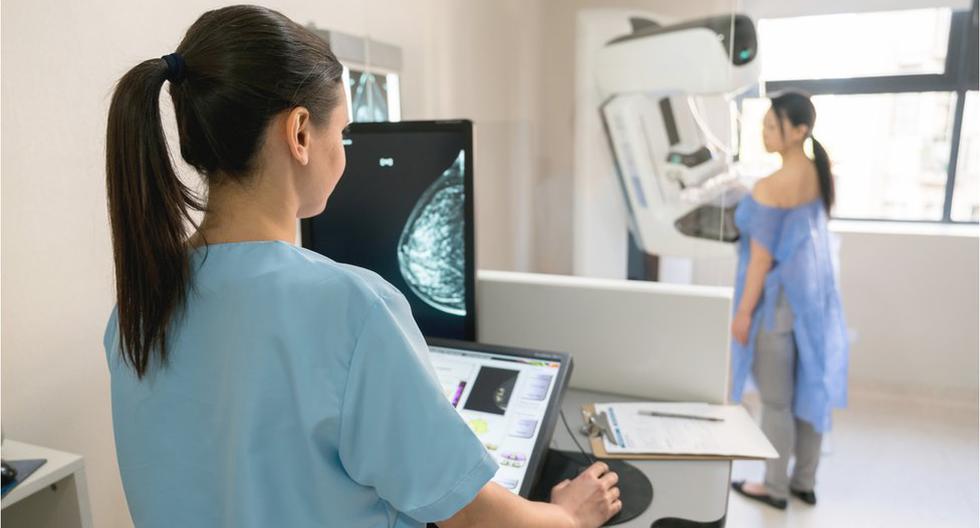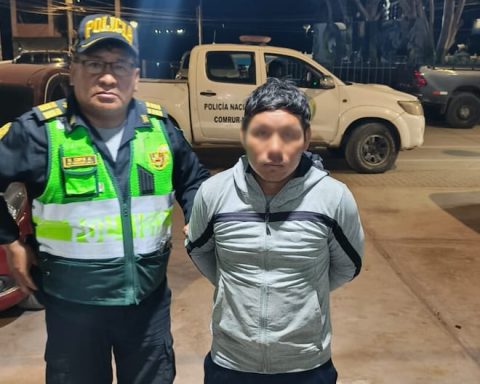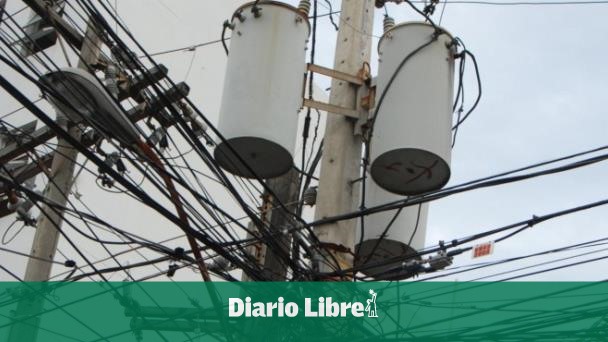Prevent so as not to suffer. Although every October 19, the World Health Organization (WHO) commemorates the International Day of the Fight against Breast Cancer, health authorities take advantage of this whole month to raise awareness about the importance of diagnosing this painful disease on time and thus increase the opportunities to control and treat it.
The League Against Cancer recalls that breast cancer is the second most frequent, aggressive and deadly neoplasm in our country. hence that About 7,000 new cases and approximately 2,000 deaths are registered annually because of breast cancer.
This means that more than 25% of people with this disease die, according to the International Agency for Research on Cancer (IARC). In this note we indicate how you can prevent it from the age of 30:
Where can you get a screening test?
The population in the country has a wide range of public and private establishments where a preventive screening test can be carried out:
In the League Against Cancer
As part of a campaign, throughout the month of October the League Against Cancer will breast cancer clinical screeningas well as cervix, skin, lymph nodes and thyroid for a donation of 35 soles in their detection centers located in Pueblo Libre (Av. Brasil 2746) and Cercado de Lima (Av. Nicolás de Piérola 727).
To request an appointment you can go to the web www.elrostrodelcancerdemama.com or call the telephone exchange 204-0404.
Likewise, through its social networks @LigaCancer on Facebook and Instagram, the places where its mobile units will be carrying out free screenings against this disease, an activity that continues throughout the year in the most vulnerable areas of the country.
In Minsa establishments
From the Ministry of Health they indicated that breast cancer mainly affects adult women, so this sector provides Bilateral mammography exams for women between 40 and 69 years oldas part of the offer of cancer prevention services nationwide.
To prevent this disease It is recommended to go to the health facility closest to your home and request a clinical breast exam once a year, as well as a bilateral mammogram once every 2 years.
To check it list of health establishments of the Minsa who perform bilateral mammography you can enter this link: https://www.gob.pe/22542
The Minsa provides these recommendations if you are going to have a mammogram:
- Do not take the test if you suspect or confirm that you are pregnant.
- Do not use deodorants, lotions, or powder in the underarm area at the time of the mammogram.
- If you are affiliated with Comprehensive Health Insurance (SIS)you will receive all services for free.
- If you have another type of insurance, you can access the services by making payments according to the Minsa rate.
- If you don’t have any insurance, you can join the SIS.
People who have private insurance or EPS can also access a preventive check-up in the network of clinics of their coverage plan.
You can do a self-examination
Health specialists also recommend practicing a self-examination to detect the appearance of any lump near the breast.
Medline Plus, the information service of the National Library of Medicine of the United States, indicates that the best time to carry out the self-examination is “about 3 to 5 days after the start of your period”, since the breasts are not as sensitive during that part of the menstrual cycle.
Following, the steps to follow:
- Stand in front of a mirror: This will allow you to directly observe your breasts and look for variations in the texture of the skin, whether wrinkles, dimples, or dents. Also check to see if your nipples are sunken (or inverted). Look at your breasts again, but with your arms stretched up.
- Check your breasts: lie on your back and check the breast tissue. With your right hand touch the back of your head and With the pads of the middle fingers of your left hand, press gently and firmly on the right breast.while you make small movements to check said breast.
- You can also examine your armpit, since the breast tissue expands to this area. Finally, don’t forget to gently press on the nipples to check for discharge. Repeat these steps with the other breast.
Myths and truths about breast cancer
There are many myths about this pathology. For the most part, they are associated with ignorance, fear or beliefs that are often passed from generation to generation, causing confusion and misinformation.
Oncologist Mauricio León, medical director of the League Against Cancer, shared information about these seven most common myths and truths:
1. “Having breast cancer is synonymous with death”
In this regard, he points out that many cancers are curable, including breast cancer.
2. “Nothing can be done to avoid the disease”
León points out that a cancer detected early has a good chance of being cured. Therefore, it is recommended to perform a frequent breast self-examination or some tests annually from the age of 30, such as: clinical screening, mammography, breast ultrasound or BRCA 1 and 2.
3. “Breast implants increase the risk of cancer”
The specialist considers that it is not true. He argues that the oncologists use breast prostheses to reconstruct breasts that are amputated due to cancer, but, recently a rare type of lymphoma has been related to the capsule of the tissue surrounding the prosthesis after a long period, although The probability of this happening is very low.
4. “Blows to the breast cause breast cancer”
In this regard, he points out that a blow to the breast usually causes inflammation, but not cancer. Therefore, direct trauma to the breasts does not increase the risk of cancer.
5. “Breast cancer is hereditary, it only occurs in women with a family history”
Regarding this belief, he points out that more than 80% of women affected by this disease do not have any type of family history. Only between 5 and 10% of all cancer cases are hereditary.
6. “The underwire bra causes cancer”
Regarding this statement, which is usually very common among women, it indicates that several investigations have already ruled out that the use of underwired bras is related or associated with the incidence of breast cancer.
7. “The use of deodorants and/or antiperspirants increases the risk of contracting breast cancer”
Mauricio Leon explains that deodorants and/or antiperspirants do not cause health problems (with the exception of allergic skin reactions in sensitive people). Therefore, its use is safe and it does not represent any risk of contracting breast cancer.
Cancer discharge license
In August of this year, the law was enacted that grants an annual day of paid leave for women in the public and private sectors, with the aim of ruling out breast and cervical cancer.
“Working women in public and private activities, including the National Police of Peru and the Armed Forces, have the right to one day a year of paid leave, when they attend breast cancer early detection exams and cervix”indicates the text of the rule.

















